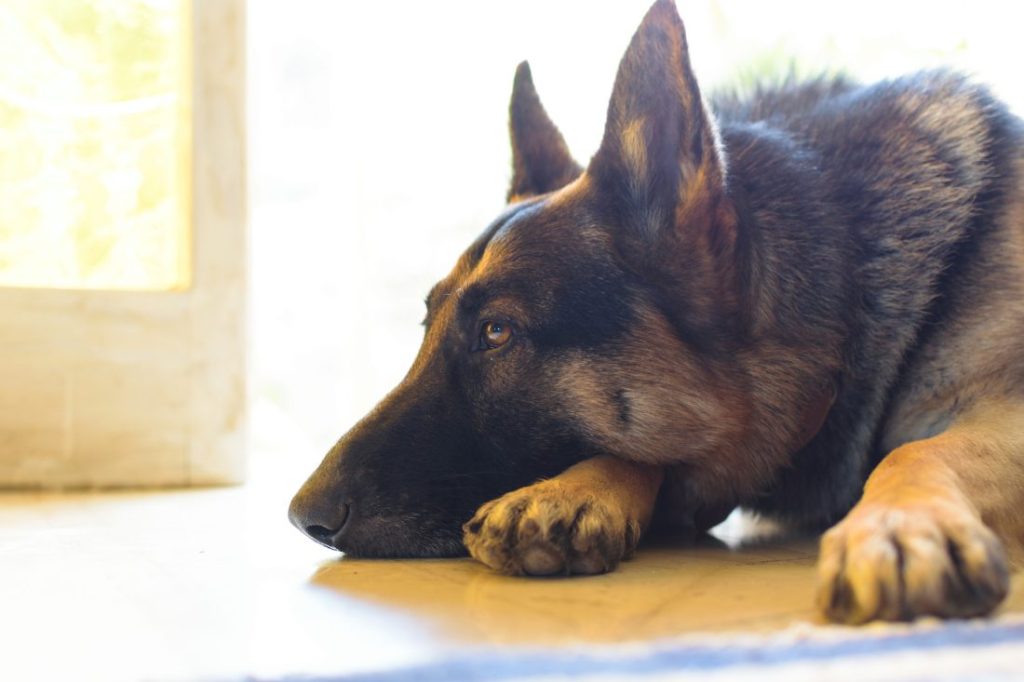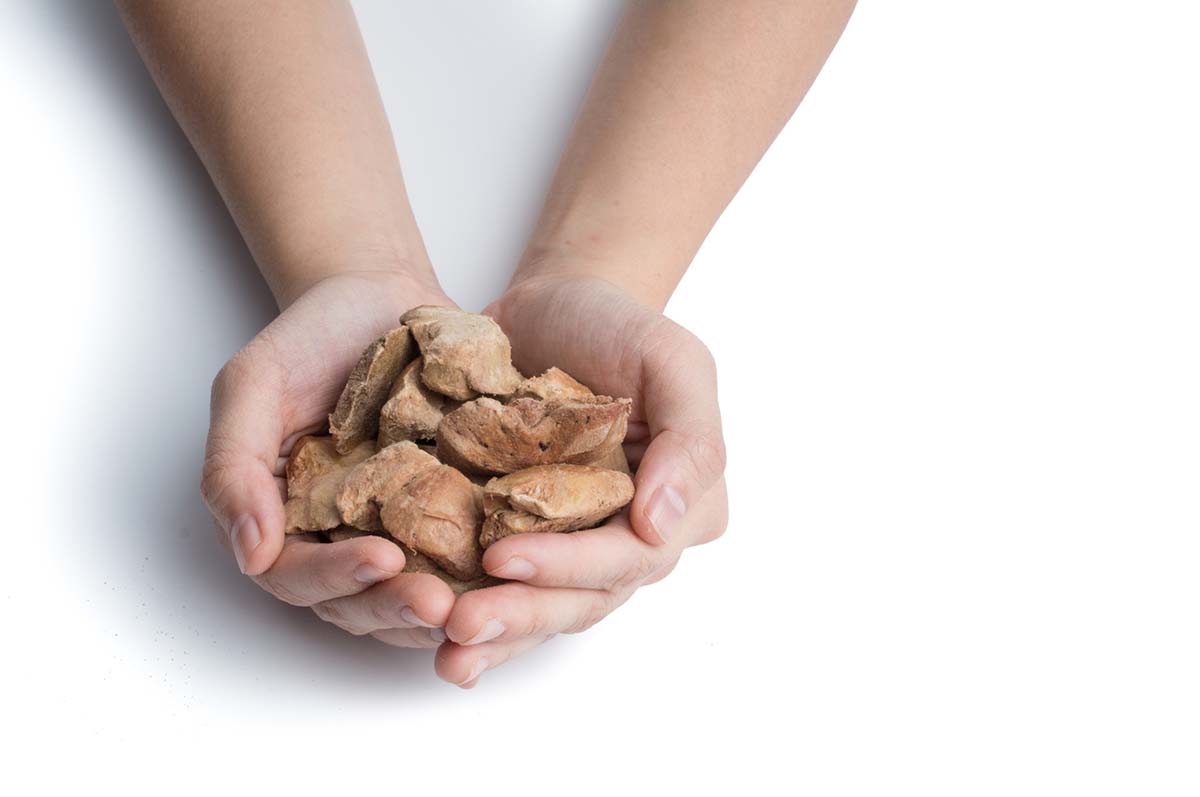There are all kinds of dog food options out there these days, and it can be overwhelming to sort out what the best choice for your dog’s diet is. One such option in the pet food space is freeze-dried raw dog food. What is it? Is freeze-dried food good for dogs?
Read on to learn more about freeze-dried dog food as well as how it stacks up to other feeding methods.
What Is Freeze-Dried Dog Food?
Freeze-dried food is created by sucking the moisture out of a raw food product in a very cold vacuum chamber using high pressure. This process is called sublimation.
The point of the freeze-drying process is to create a product with a long shelf life without losing any nutrients. Dehydrating with this low-temperature method also attempts to reduce the chances of microbial growth.
Benefits of Freeze-Dried Dog Food
High-protein freeze-dried products contain amino acids and are appealing to pet parents who feed their dogs a raw diet. Toppers of freeze-dried raw meat also help dog owners with pets that are picky eaters. Freeze-dried pet food and dog treats are also convenient in that they are shelf-stable and last quite a long time.
What Veterinarians Think About Freeze-Dried Dog Food
Due to the lack of supportive evidence in favor of freeze-dried meat, veterinarians are ambivalent about any claims of health benefits, especially when the risks are so well documented.
According to a report from the American Veterinary Medical Association (AVMA), “It has been found in multiple studies that there is a substantial risk for contamination of these products with Salmonella spp and other bacteria, and outbreaks of salmonellosis in humans have been reported.”
Bacterial contamination is a huge risk as the freeze-drying process does not kill all bacteria, so it is important to properly prepare, store, and handle freeze-dried and raw animal protein.
Other drawbacks of freeze-dried dog food and raw food diets

In addition to bacteria, there are several other factors that may deter pet owners from feeding freeze-dried dog food, including:
Cost
One of the biggest drawbacks of freeze-dried dog food is its cost. It is significantly more expensive than other types of dog food, such as kibble, fresh, or canned food. This is because the freeze-drying process is more time-consuming and energy-intensive than other food preservation formats.
Nutritional deficiencies
What about the nutritional value of feeding raw? Some freeze-dried dog foods may not be nutritionally complete, so it is important to choose a food formulated by a qualified veterinary nutritionist.
In one study using both homemade and commercial raw diets, each of them had multiple nutritional imbalances, some of which could have important adverse effects on the health and immune systems of the animals. In another, more than half of the diets tested (60%) had major nutritional imbalances that did not meet AAFCO standards.
Public health
Raw and fresh meat can always contaminate with a variety of pathogens, posing a public health risk. Both pets and humans are at risk of getting Salmonella, E. coli, Clostridium, and Listeria from everything from turkey legs and organ meat to hamburger patties and hot dogs.
Consult a Professional
Overall, freeze-dried dog food is a convenient option for many well-intentioned dog owners. However, it is important to weigh the pros and cons before deciding if it is the right choice for your dog. Ask your vet what kind of high-quality ingredients are best for your pup’s daily diet, life stage, and overall wellness.
This content is for informational use only and does not replace professional nutrition and/or medical advice, diagnosis, or treatment. It is not a substitute for and should not be relied upon for specific nutrition and/or medical recommendations. Please talk with your veterinarian about any questions or concerns.
